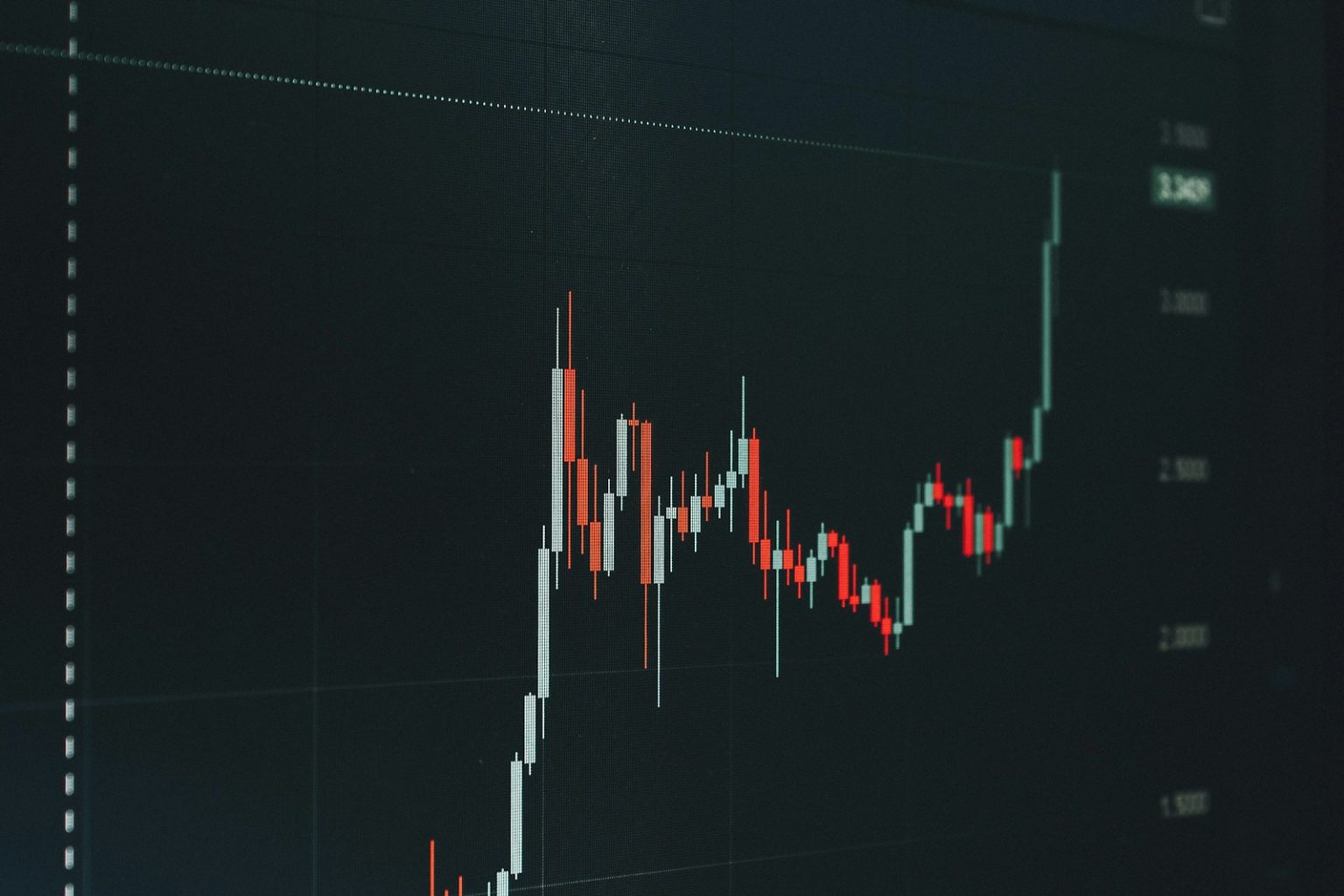The stock market is experiencing unprecedented demand driven by American retirement accounts, according to Goldman Sachs strategists. The resurgence of the TINA trade, which stands for “There is No Alternative,” is playing a crucial role in this trend. For several years, rising interest rates since 2022 have provided investors with alternatives in the form of higher-yield bonds.
However, the TINA trade has made a strong comeback, particularly in U.S. retirement accounts such as 401(k)s. Goldman Sachs analysts noted that there is robust demand for stocks in these accounts, with allocations expected to swell to $8.9 trillion by 2024. In 2022, 71% of 401(k) assets were allocated to equities, up from 66% in 2013.
Younger account owners, those in their 20s, have shown an even greater preference for stocks, allocating an average of 90% of their portfolios to equities. Retail traders have also contributed to the booming demand, purchasing a net $20 billion worth of stocks over the last three months.
Demand in U.S. retirement accounts
This overall appetite for stocks from both retirement accounts and retail investors provides a strong supportive backdrop for the stock market, according to Goldman Sachs. The report highlighted that U.S. households have increased their total allocation to stocks to 49% of their financial assets, marking the highest level on record. Goldman Sachs expects households to purchase $425 billion in equities this year, which underscores the persistent demand for household equity as a major bullish catalyst for stock valuations.
However, it is worth noting that demand is concentrated among wealthier households. The top 10% of households by wealth account for 87% of equity ownership, and the top 1% have been the primary driver of equity demand over the past 30 years. Goldman Sachs anticipates the S&P 500 reaching a record high of 6,500 over the next 12 months, implying a 7% increase from its current levels.
The bank recently raised its year-end price target for the S&P 500 to 6,100, citing easing trade tensions and progress in negotiations as contributing factors. David Kostin and his team of strategists noted that sustained high allocations to equities and persistent household equity demand would continue to support elevated equity valuations, providing a healthy outlook for the stock market.







